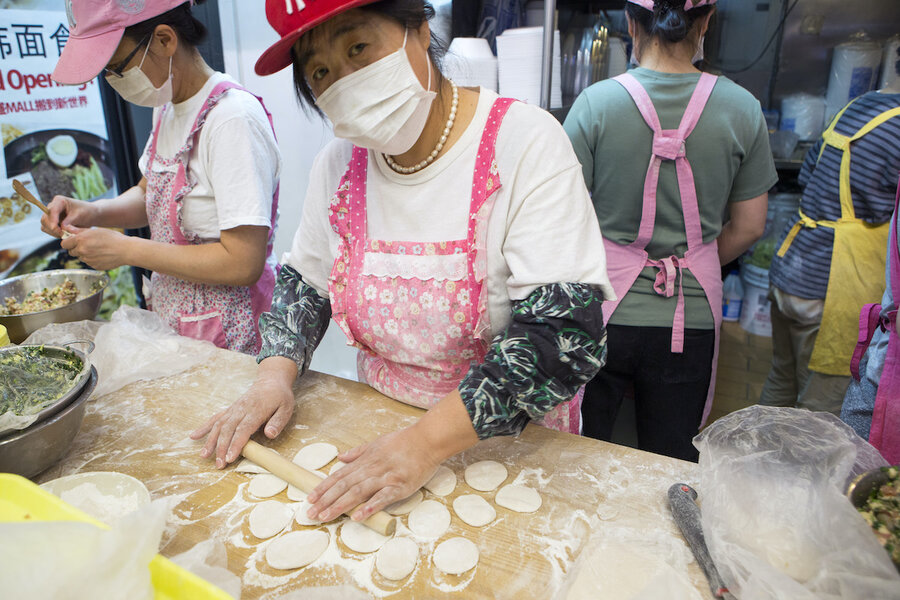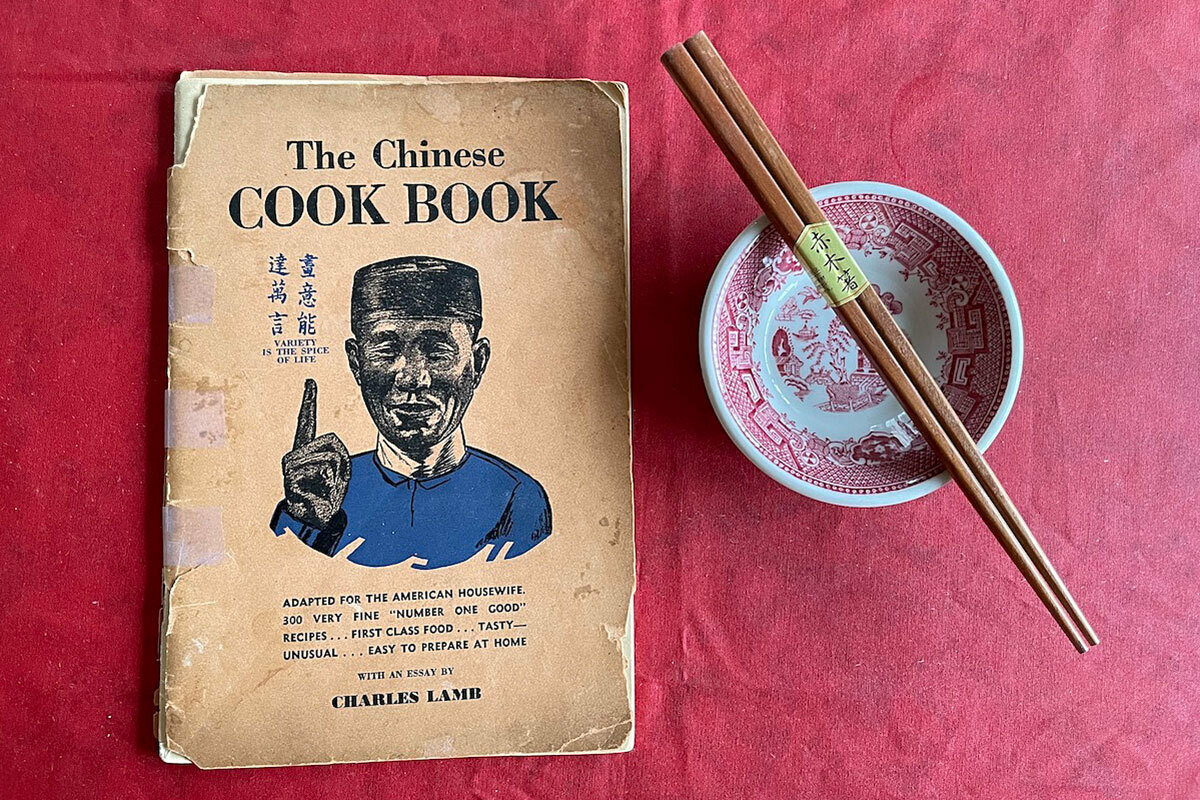Mapping U.S. history and culture through cookbooks
Loading...
Have you looked through your old cookbooks lately? Beyond favorite recipes, you may find a hidden trove of history that reveals broader societal patterns and progress in understanding others.
For example, my collection includes “The Chinese Cook Book” by M. Sing Au, published in 1936 in Reading, Pennsylvania. Its publication was seven years before the United States repealed the Chinese Exclusion Act of 1882.
The author’s aim is to dispel “the air of mystery” around Chinese dining by introducing common cooking methods, such as steaming. It offers recipes like Oriental Cole Slaw or Bean Sprouts Au Gratin to make “exotic” dishes sound more familiar to the average American cook.
“There’s always been an air of mystery and exoticism around ... Asian culture,” says Katie Chin, a Los Angeles-based chef and author of “Everyday Chinese Cookbook.” “Mainstream America loves Chinese food ... but there’s still such a huge amount of racism and misunderstanding” around Asian people, she adds. “I do think food is one of those things that can act as a gateway to educate people – open dialogue – if people are open-minded.”
But even if an American home cook in the 1930s was intrigued enough to try Chinese cooking, it would be decades before typical Chinese ingredients like tofu, as well as fresh bamboo shoots and bok choy, would become readily available in the U.S.
“My mother couldn’t even get fresh ginger when she started cooking back in Minnesota” in the 1970s, says Chef Chin. Her mother, Leeann Chin, who emigrated from China to Minnesota in 1956, first worked as a seamstress making 50 cents an hour. But she also introduced her clients to authentic Chinese cooking, and they loved it. One thing led to another, and her mother launched a catering business and restaurant that grew to a multibillion-dollar enterprise.
In cookbooks, cultural learning goes both ways. “The Chinese Cook Book,” for instance, offers the Chinese viewpoint on Western culinary practices in 1936. An essay explaining the etiquette of using chopsticks shares the “amazement and disgust” of a “high-class Chinese” person considering the “barbaric” and “terrifying array of knives, forks, and other implements” found on a Western table.
“Sitting down to a meal isn’t necessarily going to cure you of your stereotypes or bias,” Chef Chin says. “But hopefully ... it will lead you to more curiosity, trying to understand that culture and the people that make it.”







